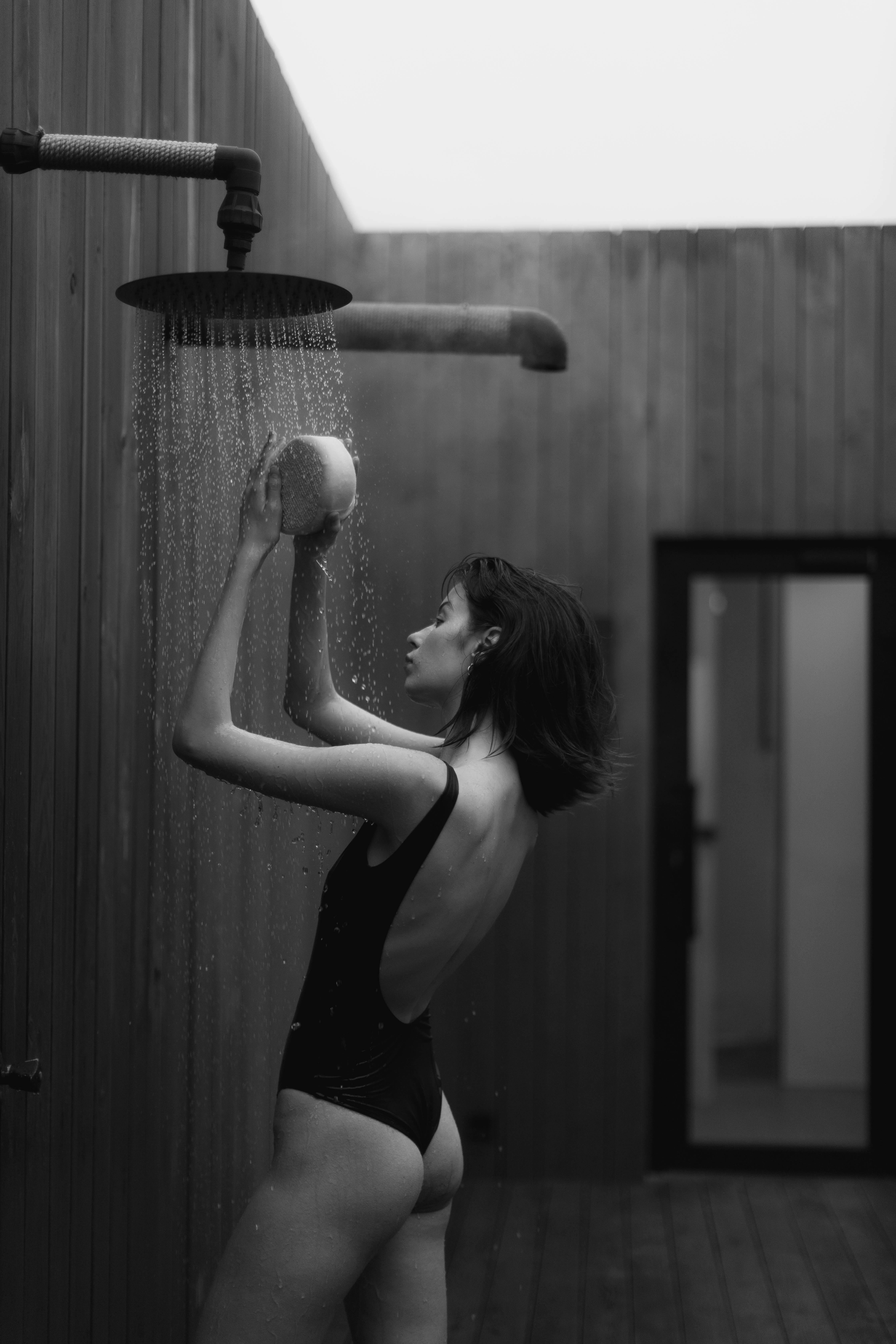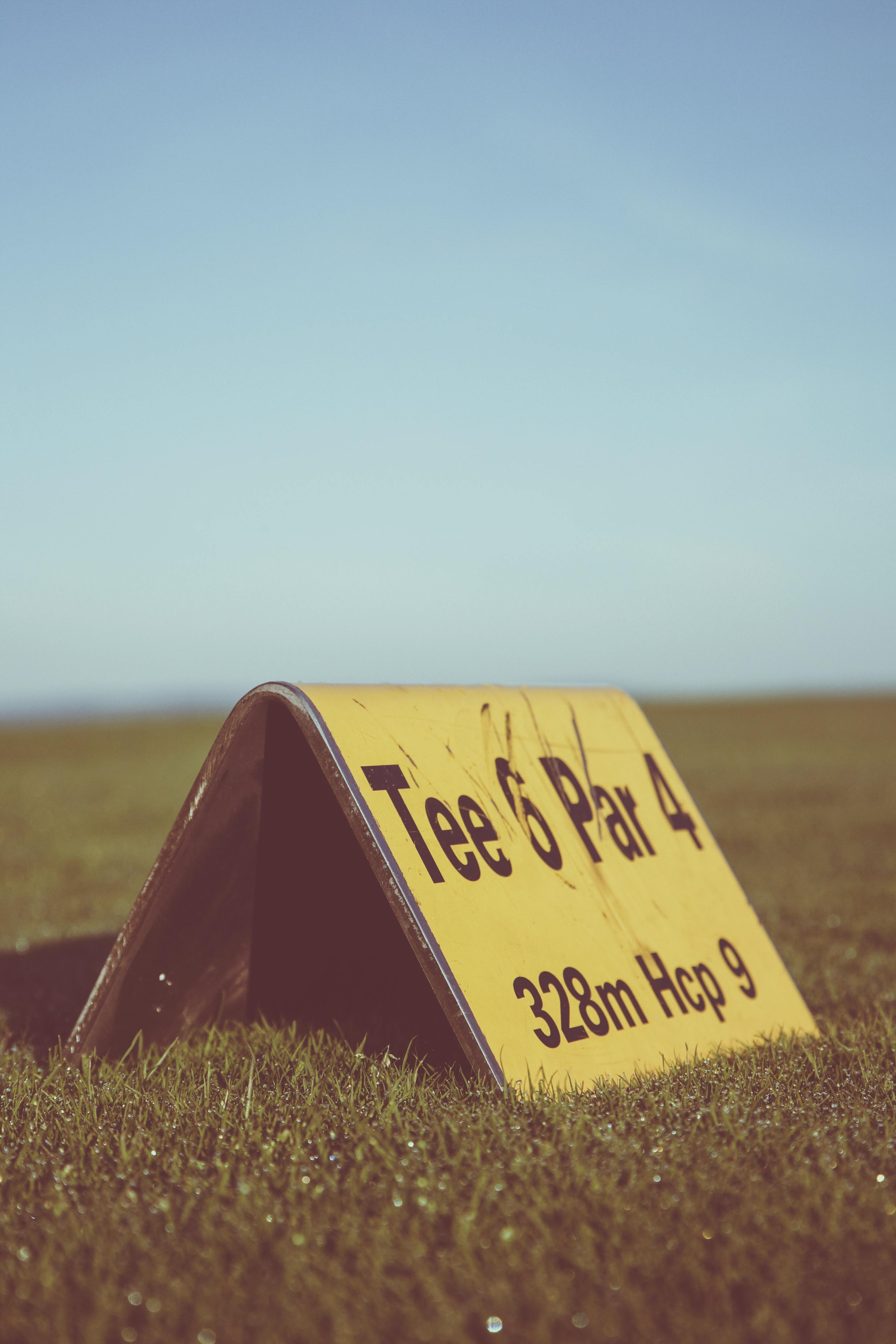Apply Now
Essential Guide to Blue Wag Platy Care for 2025
The Blue Wag Platy, a captivating member of the freshwater fish community, has garnered attention for its vibrant colors and playful behavior. These aquarium fish are not only visually stunning but also friendly and easy to care for, making them an ideal choice for both novice and seasoned fishkeepers. If you are considering adding Platies to your tropical fish aquarium, understanding their care needs, breeding, and compatible tank mates is vital. This essential guide will delve into everything you need to know to provide optimal care for your Blue Wag Platies in 2025.
The benefits of keeping Blue Wag Platies are numerous. Their social nature enhances the dynamics of a community tank, where they thrive alongside other compatible species. Additionally, they adapt well to various water parameters, making them ideal for different setups. This article will provide a comprehensive overview of Platy care, from tank setup and maintenance to breeding tips and disease prevention.
As we explore this guide, you'll learn about the best feeding practices for Platies, the importance of maintaining water quality, and the environmental needs of these lively little fish. By the end of this essential guide, you'll be equipped with the knowledge to ensure the health and longevity of your Blue Wag Platies.
Setting Up the Perfect Fish Tank for Blue Wag Platies
To start your journey with Blue Wag Platies, the first step is to create a suitable fish tank environment. A well-planned tank setup is essential for the health and happiness of your fish, as it lays the foundation for their thriving ecosystem.
Choosing the Right Tank Size and Shape
The size of your fish tank significantly impacts the well-being of your Platies. A minimum tank size of 20 gallons is recommended to provide ample swimming space and ensure proper water quality. Rectangle-shaped tanks are favored, as they offer a larger surface area for oxygen exchange, which is crucial for tropical fish like Platies.
Utilizing a proper tank size will help maintain stable water parameters, making it easier to monitor any changes in quality. Remember that Platies are social creatures; keeping them in groups of at least three or four will promote natural behavior patterns and reduce stress levels.
Essential Tank Equipment and Accessories
Equipping your tank with the right accessories is fundamental to creating a healthy aquatic environment. A reliable filtration system is a must-have for maintaining water quality and removing waste. Optimal filtration rates should be at least three times the volume of your tank per hour.
Heating is also necessary, as Blue Wag Platies thrive in temperatures ranging from 70°F to 80°F. An aquarium heater will help maintain this range and ensure a stable temperature, which plays a vital role in their well-being.
Furthermore, consider installing an aquarium lighting system that simulates natural day-night cycles. This balance not only supports Platies but also encourages the growth of live aquatic plants, which play a significant role in stabilizing water quality and providing hiding spots for your fish.
Water Quality and Parameters for Healthy Platies
Maintaining optimal water conditions is crucial for your platy fish health. The ideal pH should be between 7.0 to 8.0, while the hardness should range from 10 to 30 dGH. Regular water testing is essential to monitor these parameters.
Frequent partial water changes (around 25% weekly) will help maintain clean and healthy conditions for your aquarium inhabitants. Ensure that you use a water conditioner to treat tap water before introducing it into the tank. Proper water quality management will prevent common diseases and support healthy growth in your Platies.
Understanding Blue Wag Platy Behavior and Social Structure
Understanding Platy behavior can enhance your fishkeeping experience. These vibrant fish are known for their social nature, often swimming in groups and displaying unique interactions.
Social Behavior of Platies in Community Tanks
Blue Wag Platies are incredibly social fish that thrive in a community tank environment. They exhibit playful antics, such as chasing each other and schooling together—behaviors that nurture their social structure.
When introducing Platies to a community tank, be mindful of their compatibility with other fish species. Ideal tank mates include other peaceful freshwater fish, such as Guppies, Tetras, and Corydoras catfish. Avoid aggressive species to ensure a harmonious environment.
Signs of Healthy Platies
Monitoring the health of your Platies is critical. Healthy Platies should exhibit vibrant colors, active swimming patterns, and alertness to their surroundings. Look for bright blue and orange hues characteristic of the Blue Wag variety.
Additionally, observe your fish for signs of distress or illness. Common health issues in Platies include fin rot and swim bladder disease. Addressing issues early through proper tank maintenance and care can prolong their lifespans, which typically range from 3-5 years.
Breeding Blue Wag Platies: Techniques and Tips
Breeding Platies can be a rewarding aspect of fishkeeping. They are livebearers, meaning they give birth to live young rather than laying eggs. To breed Platies successfully, create optimal conditions by separating males from females and providing ample hiding spots for fry.
During breeding, males display vibrant colors and chase females, which may lead to pregnancy. Once the females give birth, ensure a safe environment for the fry by using a breeding box or providing dense vegetation. Proper care for juvenile Platies is essential, as they require specialized food and monitoring to ensure healthy growth.
Feeding Practices for Blue Wag Platies
Understanding the nutritional needs of your Blue Wag Platies is integral to their overall health. A well-rounded diet will promote vibrant colors, growth, and reproductive success.
Best Foods for Platies
Platies are omnivorous and benefit from a varied diet that includes high-quality flake foods, frozen or live foods such as brine shrimp, and vegetable matter like blanched spinach or zucchini.
Feeding frequency should be tailored to their needs; offering small amounts 2-3 times daily will prevent overfeeding and maintain water quality. Observe your fish eating habits and adjust portions accordingly to prevent waste, which can lead to poor water conditions.
Common Feeding Mistakes to Avoid
While it may be tempting to overfeed your Platies, this can lead to serious health issues, including obesity and water quality problems.
Additionally, avoid feeding them only one type of food for an extended period, as it can lead to nutritional deficiencies. Instead, diversify their diet and monitor their consumption to maintain optimal health.
Understanding the Importance of Water Quality Related to Feeding
Feeding practices significantly influence water quality. Uneaten food can break down and contribute to toxins in the aquarium, impacting overall fish health.
Regular water changes and monitoring will help combat potential toxicity caused by overfeeding. Additionally, using a feeding regimen that accounts for their dietary needs will lead to a healthier, more vibrant fish community.
Disease Prevention and Health Management for Platies
Identifying potential diseases and managing your aquarium environment can significantly enhance the lifespan of your Blue Wag Platies.
Common Diseases in Platies and Their Prevention
Blue Wag Platies are susceptible to various diseases, including ich, fin rot, and velvet disease. Establishing a quarantaine system for new arrivals can help prevent the introduction of potential pathogens into your established tank.
Furthermore, maintain a consistent routine for tank cleaning and water changes to reduce stress and disease risk. Healthy fish are better equipped to fend off infections, so prioritize nutrition and environmental conditions.
Signs of Disease and How to Respond
Familiarizing yourself with common signs of fish illness is key to prompt intervention. Signs such as loss of appetite, unusual swimming patterns, or visible lesions indicate that your fish may be unwell.
Upon identifying a sick fish, it's essential to quarantine them immediately to prevent disease spread and consult an aquatic veterinarian for appropriate treatment options. Early intervention is key to successful recovery.
Maintaining Optimal Fish Health and Happiness
Elevating the quality of your tank environment through effective maintenance and care practices will create a flourishing habitat for your Blue Wag Platies.
Regular testing of water parameters and ongoing monitoring of fish behavior will allow you to recognize any irregularities that may indicate stress or illness. By prioritizing environmental stability and nutritional needs, you can foster a robust aquarium ecosystem.
Wrapping Up Blue Wag Platy Care for Your Aquarium
In summary, caring for Blue Wag Platies requires attention to detail and ongoing commitment. From creating the ideal tank environment to ensuring compatible tank mates, providing a balanced diet, and monitoring for signs of disease, you can cultivate a healthy and thriving community tank.
Whether you're breeding Platies or simply enjoying their vibrant presence, the journey of fishkeeping is filled with rewards. Take the time to understand your aquatic companions, and create an environment where they can flourish. With the right knowledge and practices, your Blue Wag Platies will bring joy to your aquarium for years to come.



